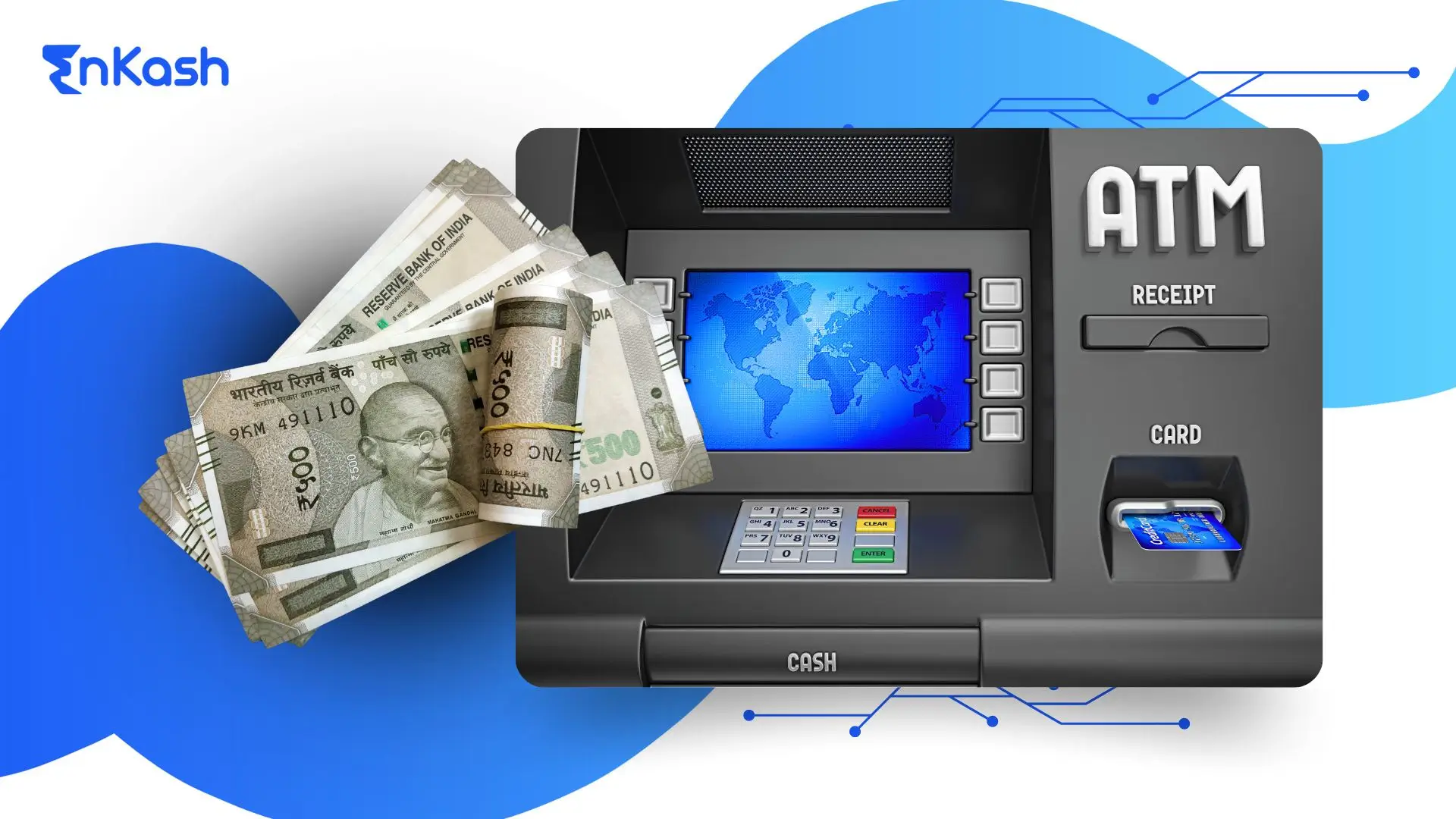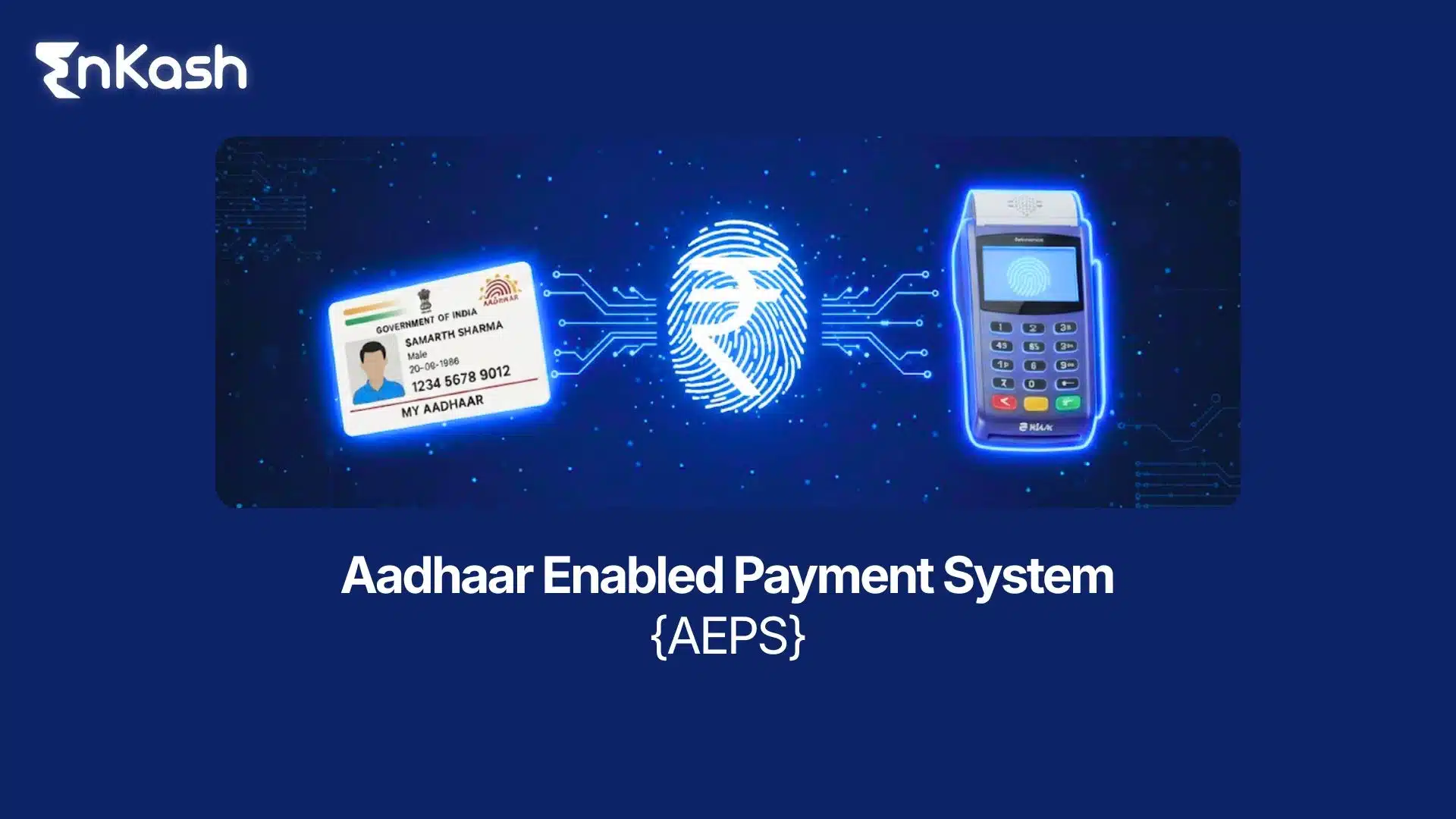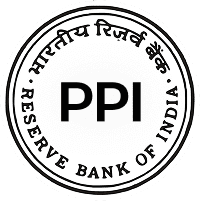The Travel Money Dilemma
Managing money abroad is a constant challenge for travellers. Carrying large amounts of cash feels unsafe, and swiping debit or credit cards leads to high conversion charges. In this space, forex cards have become the go-to choice for students, families, and business travellers. But now there’s a twist: traditional bank forex cards are facing stiff competition from fintech forex cards.
Both claim to make travel payments simpler, safer, and cheaper. But do they really offer the same value? A closer look at their features, costs, and usability reveals very different stories.
Evolution of Forex Cards in the Market
When forex cards were first introduced, banks were the only providers. They marketed them as a secure way to carry foreign currency without the risks of cash. These cards gave travellers the ability to preload dollars, euros, or other currencies, and spend abroad without worrying about exchange counters.
The system worked, but it was also rigid. Reloading required visiting a branch or relying on traditional banking portals. Support was dependable but slow, and charges were rarely transparent.
The rise of fintech players changed that dynamic. With digital onboarding, app-based reloads, and live currency tracking, travellers suddenly had an option that looked smarter, faster, and sometimes cheaper. Today, the debate is no longer about whether to carry a forex card, but which type of bank or fintech delivers better value.
How Bank Forex Cards Work in Practice?
Bank forex cards operate on a simple principle: you apply through your bank, complete the KYC process, and load foreign currency onto the card. Most banks offer both single-currency and multi-currency prepaid forex cards, depending on your needs.
Features include:
- Locked exchange rate: You load funds at the prevailing rate, shielding yourself from future currency fluctuations.
- Reloadable forex card: If your balance runs out, you can top it up through NetBanking or at the branch.
- Wide ATM access: Accepted globally on Visa or Mastercard networks.
- Refundable balance: Unused funds can be converted back at the end of your trip.
In practice, though, there are limitations. Reloads are not always instant, especially if you are abroad and dependent on banking hours. Cross-currency transactions may invite additional charges. And issuance, reload, or inactivity fees quietly eat into your budget.
How Fintech Forex Cards Operate Differently?
Fintech forex cards take the same concept but rebuild it for a digital-first world. You can apply online, upload documents through an app, and get the card delivered without stepping into a branch. Reloading happens in seconds, usually through UPI, netbanking, or linked wallets.
Unique advantages include:
- Zero markup forex card: Many fintech providers market cards with no extra markup on currency conversion, offering near interbank rates.
- Multi-currency wallets: A single card can hold several currencies, useful for multi-country itineraries.
- Real-time spend tracking: Apps notify you instantly of transactions, helping you manage budgets abroad.
- Instant blocking/unblocking: If you misplace the card, you can freeze it through the app in seconds.
The trade-off lies in customer support. With no physical branches, fintechs rely on chat or phone helplines. While efficient most of the time, the absence of face-to-face support can be a concern during emergencies abroad.
Cost Structures and Hidden Charges
The most noticeable difference between bank forex cards and fintech forex cards lies in how fees are structured and disclosed. Costs may look small at first glance, but they add up significantly during long trips. Understanding these charges before choosing a card can save you thousands over time.
Bank forex cards
- Markup on the exchange rate
Banks usually add 2.5–3% over the interbank rate, plus GST. While this might seem minor on a single transaction, it can make a huge difference for students paying tuition or frequent travellers making large international purchases. - Issuance fees
Most banks charge a one-time issuance fee when you first apply for a forex card. The cost can range from a few hundred to a couple of thousand rupees, depending on the bank and the type of card (single or multi-currency). - Reload charges
Each time you add currency to your card, some banks impose a reload fee. This discourages multiple small reloads and is particularly inconvenient for students or long-term travellers who rely on periodic top-ups. - Cross-currency charges
If you spend in a currency not loaded onto the card, the transaction is converted at the bank’s rate with an additional charge. For multi-country trips, this can be an expensive hidden cost if the right currencies are not preloaded. - Inactivity or dormancy charges
If a card is not used for a certain period, banks may deduct dormancy fees. Many travellers forget this after returning home, and balances quietly shrink over time.
Fintech forex cards
- Zero markup forex card promise
Many fintech issuers advertise zero markup forex cards, offering transactions at interbank rates without extra margins. This makes them highly cost-effective for travellers making frequent or high-value payments abroad. - No issuance/reload fees
Several fintech platforms have removed issuance and reload fees altogether, making it easier for users to top up as often as needed without worrying about extra charges. - ATM withdrawal charges
Fintech cards may still levy ATM withdrawal fees, but these are often lower than traditional bank charges. Some even provide a limited number of free withdrawals each month. - Transparent fee structures
Most fintechs display all costs clearly within their apps or dashboards. This transparency helps users track expenses better and avoid nasty surprises after returning from a trip.
For these reasons, travellers comparing options for the best forex card in India increasingly lean toward fintech providers. The savings are tangible, especially for long-term stays, overseas studies, or extended business travel.
Security and Compliance
Beyond cost, security is a non-negotiable feature for anyone carrying money abroad. Both banks and fintech issuers have invested heavily in securing forex cards, but their approaches differ. While banks rely on traditional safety measures and compliance, fintechs emphasize real-time control through technology.
Bank cards
- Chip + PIN protection
Bank forex cards are equipped with EMV chip technology, reducing the risk of cloning and unauthorized use. Transactions are secured with a PIN, making it safer than carrying cash. - SMS/email alerts for transactions
Banks typically send notifications via SMS or email for every transaction. This provides visibility but can sometimes be delayed if you’re roaming without active mobile service. - Fraud coverage and insurance
Some bank forex cards come with built-in insurance against fraudulent usage or theft. This additional coverage offers peace of mind, especially for travellers making high-value transactions. - RBI-compliant spending limits
Usage is governed under the Liberalised Remittance Scheme, which caps spending at USD 250,000 annually. Banks strictly monitor this limit, ensuring compliance with central banking regulations.
Fintech cards
- Digital controls via app
Fintech forex cards give users the ability to instantly freeze, block, or reissue a card through an app. This is particularly useful if the card is misplaced or compromised while travelling. - Push notifications for every transaction
Unlike banks that rely on SMS or email, fintechs usually send instant app push notifications. This makes monitoring spending easier, faster, and less dependent on mobile networks abroad. - Two-factor authentication for reloads
Reloads through apps often require two-factor authentication, such as OTPs and biometric verification. This ensures that only the cardholder can authorize a top-up. - Equally governed by RBI guidelines
Despite their digital nature, fintech cards operate under the same compliance framework as banks. They must adhere to RBI rules for foreign exchange, annual limits, and transaction monitoring.
Both bank and fintech forex cards are considered safe, but fintech cards stand out for offering greater direct control to users. The ability to block, reload, or monitor spending instantly via an app provides an additional layer of security for modern travellers.
Usability Abroad: Everyday Scenarios
How do these cards work in real life?
- ATM withdrawals: Bank cards are widely accepted; fintech cards too, but may sometimes face hiccups in older terminals.
- Hotel check-ins and deposits: Banks often enjoy smoother acceptance, as hotels trust established brands.
- Paying tuition fees or large bills: Both work, but banks may offer additional documentation or letters for compliance.
- Shopping and dining: Fintech cards shine here with instant spend tracking and live conversion rates.
For everyday spending, both categories work equally well. But for high-value institutional payments, bank cards can occasionally be more dependable.
Tech-Enabled Benefits vs Legacy Reliability
This is where the contrast becomes sharp.
- Banks bring decades of trust, established infrastructure, and customer service through branches. They work well for conservative users who value face-to-face interactions.
- Fintechs bring innovation: budgeting tools, gamified savings, real-time exchange rate alerts, and intuitive apps. For digital natives, these are strong differentiators.
Banks win on reliability, while fintechs win on technology and user experience.
Who Should Choose What?
There is no one-size-fits-all answer.
- Students: Fintech forex cards are ideal: zero markup, easy reloads by parents back home, and cashback offers.
- Business travellers: Bank forex cards may feel safer for large spends, official invoices, and reliable acceptance.
- Leisure travellers: Depends on preference. Budget-conscious travellers may opt for fintech cards, while those who want peace of mind may stick with banks.
- Frequent flyers: Keeping both, a bank card for backup, a fintech card for everyday use, offers the best balance.
Prepaid Forex Card vs Forex Credit Card
When it comes to overseas spending, many travellers mix up the idea of a prepaid forex card with a forex credit card. While both work abroad, they are built on very different structures. Knowing the difference helps you avoid unexpected costs and manage money smarter.
Prepaid Forex Card
A prepaid forex card is loaded with foreign currency before your trip. You decide the amount, lock in the exchange rate, and then use it like a debit card overseas. Since the money is already paid in advance, there’s no debt involved. This makes it ideal for travellers who want to stick to a budget and avoid surprises. It functions like a digital wallet in card form, where your expenses are limited to what you’ve already loaded.
Forex Credit Card
A forex credit card is linked to your INR account and charges are converted at the time of transaction. The bank applies its own exchange rate with markups, often around 3%, plus GST. While these cards may offer perks such as reward points or lounge access, they also carry risks. Overspending is easy since you are not limited to a prepaid balance. Missing a payment deadline invites high interest charges and late fees, which can make foreign spending far more expensive than expected.
Simply put, prepaid forex cards offer safety and predictability, while forex credit cards bring flexibility but higher risks. For most travellers, especially students and long-term visitors, prepaid cards are the more practical and safer choice.
Practical Tips Before Choosing a Card
Picking the right forex card is not just about comparing bank and fintech options, it’s about ensuring that the card matches your travel needs. A little preparation before you apply can save you money and stress during your trip.
- Compare live rates before loading
Exchange rates change daily, and some issuers add extra markups. Checking live rates across providers before loading ensures you lock in the most cost-effective deal. Even a small difference in markup can mean significant savings on large reloads. - Check reload and dormancy charges
Many travellers forget to read the fine print. Banks may charge a fee every time you reload the card, while some fintechs waive it. Dormancy charges are another hidden cost if the card is left unused for months. Knowing these helps you avoid unnecessary deductions. - Keep a small amount of cash in local currency
Forex cards work almost everywhere, but not in every situation. Street vendors, taxis, or small shops may still prefer cash. Having a little local currency ensures you’re never stranded without payment options. - Maintain a backup card
Carrying a single card is risky. If it gets lost, damaged, or blocked, you’ll be left without access to funds. Keeping a backup, whether it’s another forex card, a debit card, or even a credit card, gives you a safety net. - Understand the refund process for unused balances
At the end of your trip, you may have leftover money on the card. Banks often deduct conversion or processing fees when refunding it. Fintech providers typically allow easier refunds through apps. Being aware of the process helps you recover your money without hassle. - For students, check remote reload options
Students studying abroad often rely on parents to top up their cards. Fintech cards usually make this easy through app-based reloads, while banks may require formal requests. Before choosing, confirm how convenient it is for family members to reload funds from home.
By keeping these tips in mind, you can avoid common pitfalls, reduce hidden costs, and ensure your forex card supports you effectively throughout your journey.
Conclusion: The Smarter Choice Depends on You
So, which offers better value? Bank forex cards bring stability, wider acceptance, and strong after-sales service. Fintech forex cards offer lower costs, digital convenience, and faster reloads.
If you prioritise savings and app-driven control, fintech cards may be the right fit. If you prefer tried-and-tested service and physical support, bank cards remain a safe bet. The best approach may be a combination: a fintech card for everyday expenses, and a bank card as backup.
Whichever you choose, the key is to stay informed. Compare rates, check fees, and understand how each provider supports you abroad. With the right card in hand, your international trip becomes smoother, safer, and better value.
FAQs
Q1. What documents are required to apply for a bank forex card?
To apply, you generally need a valid passport, PAN card, visa, air tickets, and completed KYC documents. Some banks may ask for additional forms depending on your travel purpose, such as admission letters for students or company letters for business trips.
Q2. Why do banks charge a markup on forex cards?
Banks add a markup, usually 2.5% to 3%, over interbank rates to cover operational costs and currency fluctuation risks. This ensures predictability for them but increases costs for travellers. It’s one of the major drawbacks of bank-issued forex cards compared to fintech alternatives.
Q3. How does a zero markup forex card actually work?
A zero markup forex card offers foreign exchange at live interbank rates without adding extra margins. While this reduces overall spending costs, users should still review charges for ATM withdrawals, reissue, or dormancy to get a clear picture of total expenses.
Q4. Can fintech forex cards be used for online international payments?
Yes, fintech forex cards can be used for international e-commerce transactions in the same way as bank forex cards. They are widely accepted on platforms that support Visa or Mastercard. The advantage lies in real-time app notifications and better clarity on the exchange rates applied.
Q5. What happens if I exceed the annual foreign exchange limit using a forex card?
RBI’s Liberalised Remittance Scheme caps outward foreign exchange at USD 250,000 per year. Exceeding this through a forex card would violate compliance rules. Transactions are monitored, and issuers may block reloads or ask for clarifications if spending nears the limit.
Q6. Are there differences in ATM withdrawal fees between bank and fintech forex cards?
Yes. Bank forex cards usually levy fixed fees per withdrawal, which can be steep in high-cost countries. Some fintech cards offer lower charges or free withdrawals up to a limit. It’s wise to compare these before travel, especially for cash-heavy destinations.
Q7. Do forex cards offer protection against theft or fraud?
Most forex cards,bank or fintech, offer PIN-based security, and some provide insurance against fraudulent use. Fintech cards add app-based instant blocking features. While insurance coverage may vary, it’s important to check if your provider covers fraudulent ATM withdrawals and card misuse abroad.
Q8. How easy is it to reload a bank forex card versus a fintech forex card?
Reloading a bank forex card may require netbanking or branch visits, and it is not always instant if you are overseas. Fintech forex cards, on the other hand, usually allow near-instant reloads through apps or UPI, making them far more convenient for emergencies.
Q9. What is the difference between single-currency and multi-currency forex cards?
Single-currency cards hold only one foreign currency, which works well for travellers visiting a single country. Multi-currency cards allow loading multiple currencies, preventing cross-currency conversion charges when moving across borders. Fintech issuers often promote multi-currency wallets, while banks provide both variants depending on demand.
Q10. Can unused forex card balances be refunded after the trip?
Yes. Unused amounts on both bank and fintech forex cards can be encashed or transferred back to your bank account. However, banks may deduct conversion charges or inactivity fees, while fintech providers usually simplify refunds through digital requests, often at a lower cost.








